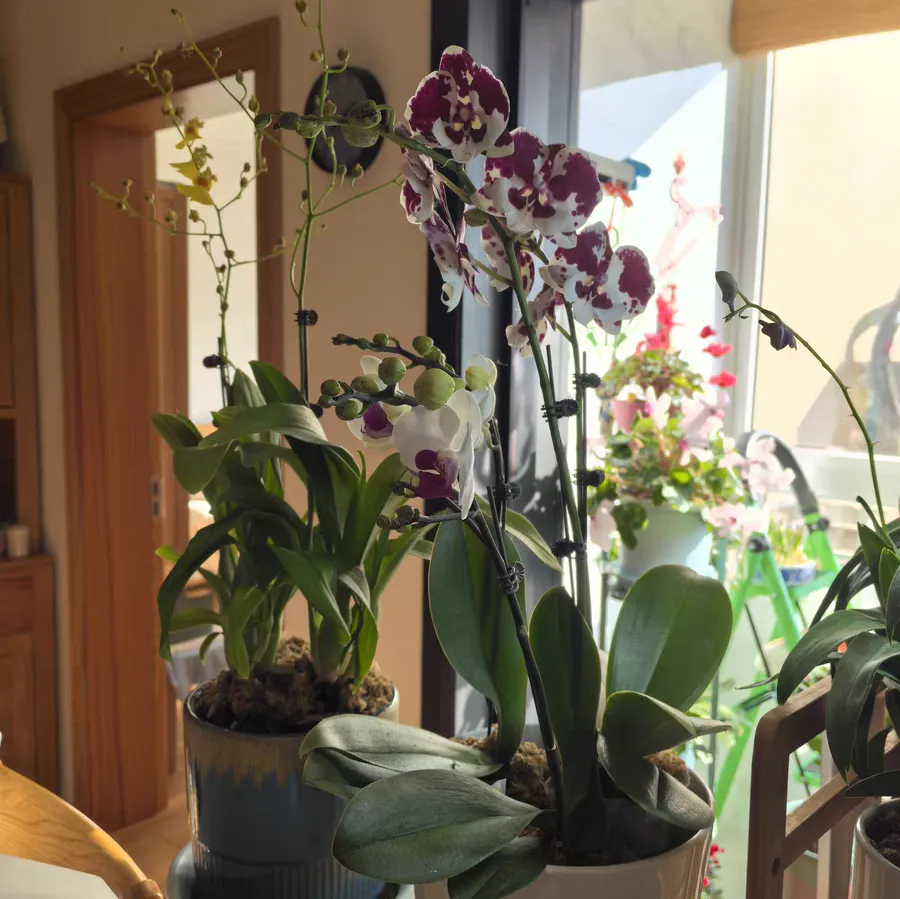Today, I'm going to introduce a super charming flower to you - Nemesia!
Nemesia plants are relatively short and compact, with a height of about 15 - 30 centimeters. They are very suitable for pot cultivation or planting on the edges of flower beds. Its leaves are slender and emerald green, and its flowers are small, delicate and gorgeous. The petals can be single or double. The single-petaled Nemesia is simple and fresh, while the double-petaled one is fuller and more magnificent. The flower colors are so rich that they are dazzling, including white, pink, yellow, red, purple and various transitional colors.
The flower language of Nemesia is "deception", and there is an interesting little story behind it. According to legend, Nemesia often attracts bees and butterflies to gather honey, but its nectar is hidden deep, so these little insects often return empty-handed. It's as if it "deceives" them with its beautiful appearance. However, in modern flower culture, we prefer to understand its flower language from another perspective. The changeable flower colors and unique flower shapes of Nemesia can also symbolize surprises and mysteries in life.
Nemesia is usually sown in autumn, and around September to October is the best sowing time. The temperature and humidity at this time are very suitable for its seeds to germinate.
So, is Nemesia easy to grow? The answer is yes! Nemesia is really a very easy-to-grow flower, and even beginners in flower cultivation can easily handle it.
Maintenance Points
Light: Nemesia likes plenty of sunlight, but when it's hot in summer, it will be more comfortable with a little shade. It can be placed on the balcony or in the courtyard.
Temperature: It is relatively cold-resistant. In the cold winter, as long as the temperature is not lower than minus 5 degrees Celsius, it can be safe and sound. However, it is not very heat-resistant. When the summer temperature exceeds 30 degrees Celsius, it may grow slowly or enter a short dormant period.
Watering: Just follow the principle of "watering when the soil is dry and stopping when it's wet". Gently insert your finger into the soil, and if it feels dry, water thoroughly. Generally speaking, in spring and autumn, it's about once every 2 - 3 days. In summer when the weather is hot and water evaporates quickly, it can be watered once a day, but pay attention to the appropriate amount. In winter, the frequency of watering should be reduced, and it can be watered about once every 7 - 10 days.
Fertilization: During the growing season, apply a thin liquid fertilizer to it every 2 - 3 weeks to give it enough energy to grow and flower. You can choose some compound fertilizers rich in nitrogen, phosphorus and potassium, and dilute them according to the proportion in the instructions before watering. Before the flowering period, increase the application amount of phosphorus and potassium fertilizers, such as potassium dihydrogen phosphate.
Pruning: Prune the withered flowers in time after they fade. This can not only keep it beautiful but also save nutrients.
In which months is the sowing time for Nemesia?

Share with
Tagged in :




Leave a Reply